24 Types of Hibiscus to Get That Tropical Feel at Home
Author: Jen Worst | Editor: Omar Alonso
Review & Research: Jen Worst & Chris Miller
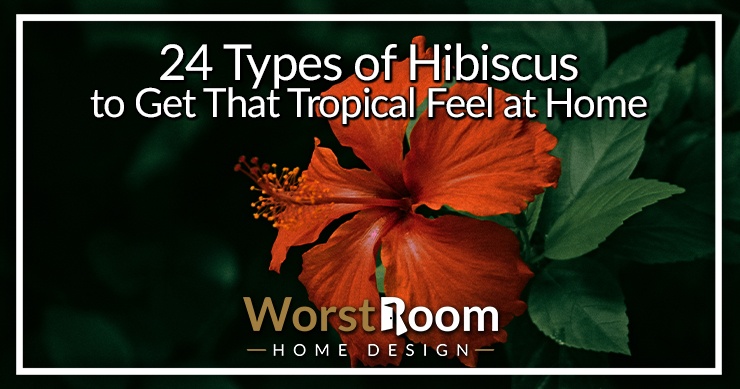
The different types of hibiscus flowers are one of the most abundantly found flowers across the earth. But you must know that China Rose isn’t the only type of hibiscus out there. There are many other unique varieties with their own qualities.
Knowing about the many types of hibiscuses, especially their appearance and properties, will enrich your knowledge of the flower by many folds. You can also pick up tips in case you want to plant them.
We have talked about various types of hibiscus in this article. If you want to know more about these varieties and their distinct characteristics, keep on reading!
24 Types of Hibiscus
Hibiscuses are a popular enough type of flower that there's a National Hibiscus Society and International Hibiscus Society, too, which catalog, have competitions, and more. So you're not alone in your love for this flower.
Hibiscuses usually come in three main categories, and then there are several different varieties under each category. The main three types are listed below.
Tropical Hibiscus
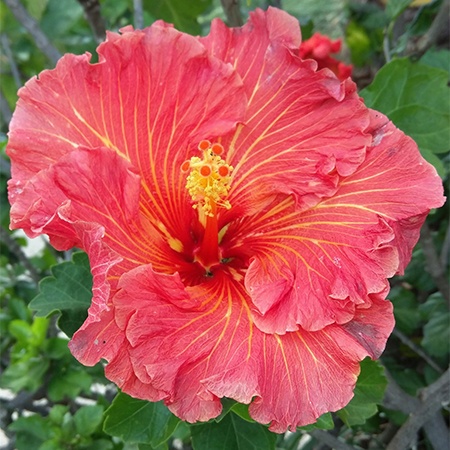
Tropical hibiscuses typically grow in a warm climate and can’t adapt well to colder temperatures. Most of the bright, colorful species of this flower fall under this category.
Hardy Hibiscus
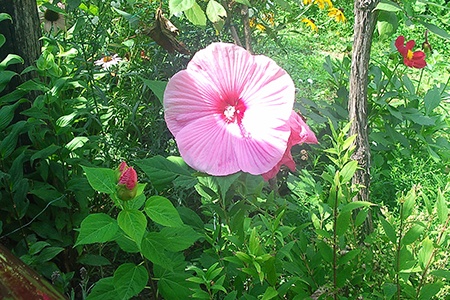
Hardy hibiscuses, on the other hand, grow during the winter or under colder conditions. These hibiscus flowers are long and comparatively dull in color. Like most flowers growing under a cooler climate, these are late bloomers.
Perennial Hibiscus
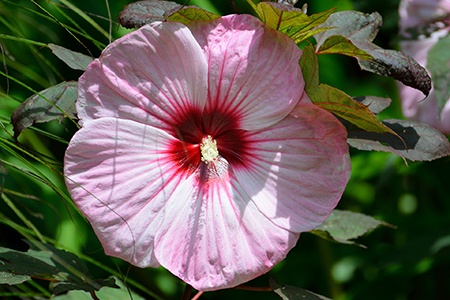
Hibiscuses that remain dormant during the winter but bloom during the spring are part of the perennial family. Perennial hibiscus flowers are often categorized under Hardy hibiscuses.
But for the sake of better classification, we are putting them under a separate category. Apart from the three main types of hibiscus, the other noteworthy kinds are as follows.
Abelmosk Hibiscus
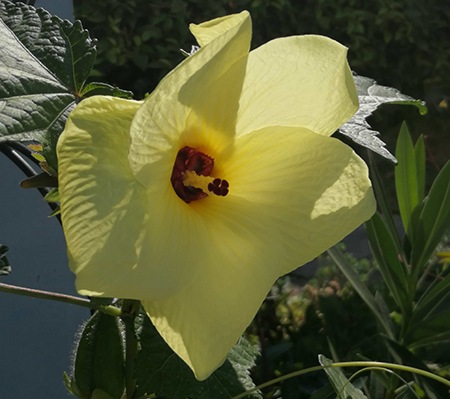
Domestically found in India, Abelmosks can grow up to 6 feet. These flowers have a muted lime color with a dark center. They are well-known for their musky odor and useful seeds.
Their seeds are often put into coffee, and even other parts like leaves and shoots are edible. Besides, abelmosks also contain specific medicinal properties.
Airbrush Effect
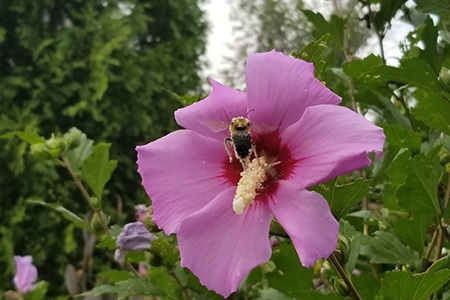
With a typical naming, it’s pretty easy to guess how this hibiscus looks like. Its petals are colored in light pink and white, emulating the airbrushed strokes of paint like you see in some types of tulips.
Like other hardy hibiscuses, this one is quite big. However, it is not a cold-hardy plant. It grows only till the fall.
Aphrodite Hibiscus
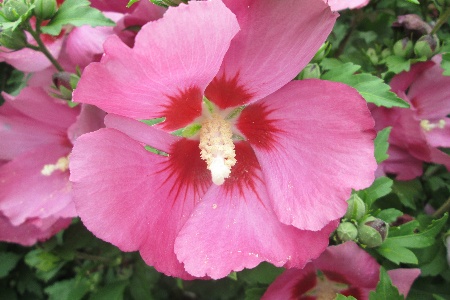
Named after the Greek goddess Aphrodite, this beautiful flower boasts a combination of three colors. It has lavender-pink petals, a dark pink center, and attractive white stamen. It's a tropical hibiscus that grows in completely or partly sunny areas.
Its dark green petal-like leaves add to its attraction. However, it doesn’t have seeds as it’s a non-flowering plant. Plant them aside various types of begonias for an easy to manage and beautiful flower bed.
Berry Awesome
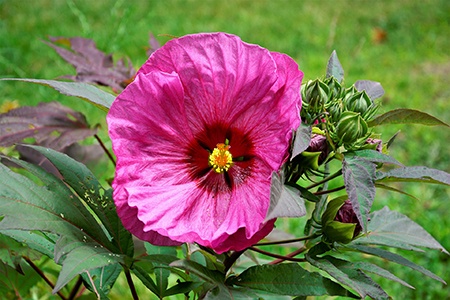
Berry Awesome is one of the most enduring hardy hibiscuses. It withstands extreme winter weather without losing much of its bright color. As a hardy plant, it doesn’t need much care.
In appearance, these hibiscus types are pretty similar to the Aphrodite. But they have a yellow stamen instead of a white one. It grows in small shrubs.
Blue Bird Hibiscus
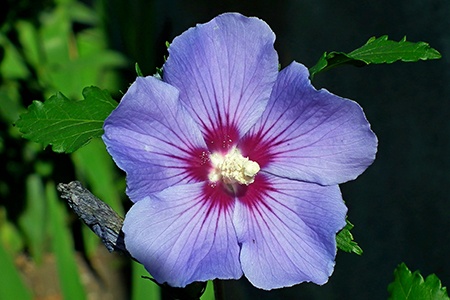
The Blue Bird has beautiful lilac-blue petals, a deep burgundy center, and a white stamen. Because of its unique color variation, it is deemed as one of the most appealing hibiscuses to bloom.
Its light-green foliage matches its faded color very well. It requires about 6 hours of sunlight to blossom fully. Mix these in a flower bed with various types of geraniums and you'll have something beautiful going.
Blue River II
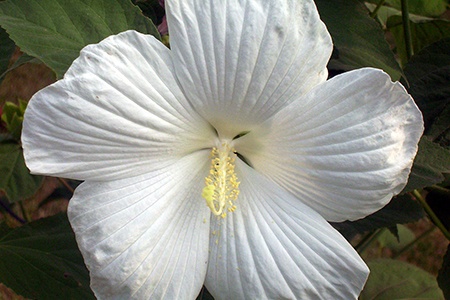
As an ideal perennial hibiscus, the Blue River II blooms during the spring and the summer. This flower has an extremely short lifespan, typically ranging up to 24 hours.
It grows in small shrubs and on moist grounds. It has incredibly vivid, white petals that overlap each other and a yellow stamen.
Checkered Hibiscus
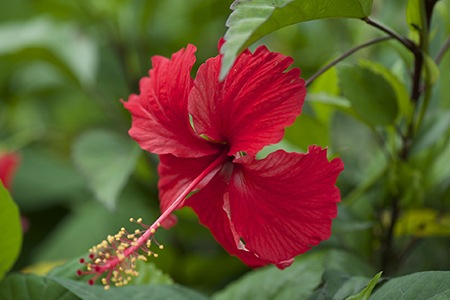
Like the Checkered hibiscus, hibiscuses belonging to the Malvaceae family are the most common in the environment.
This particular hibiscus flower comes in a variety of different colors and has a standard width that goes up to 5 inches. It enjoys partial sunlight and ideal potting soil.
Cherry Cheesecake
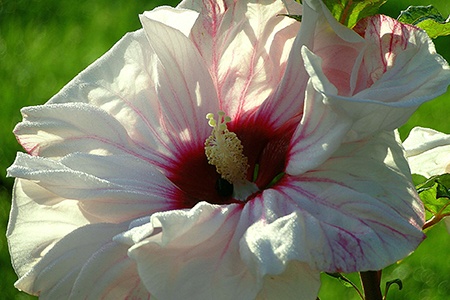
Cherry cheesecakes are decorative flowers that are often used on occasions. They have white, tousled petals with a hint of pink in them. They really stand out when planted amongst darker types of irises in the same flower bed.
Their veins spread from the center, extending to the tip of the petals. These types of hibiscus flowers grow under sunlight as well as in limited shade.
China Rose
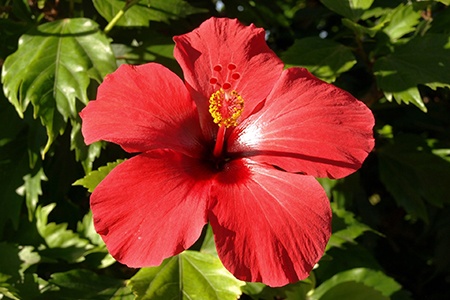
Scientifically known as “Hibiscus Rosa-Sinensis,” China roses have to be the most popular hibiscus type. It is very popular in Eastern Asia, often used to adorn the hair of women.
It grows in small shrubs and can hold out against the cold up to a certain degree.Other than the color red, the flower also comes with yellow, pink, and orange petals. Its center is particularly dark and hollow.
Cranberry Crush
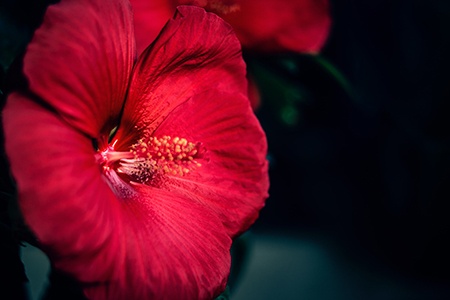
Cranberry crush is one of those true blooming flowers. These flowers grow all over the stems of the plant. Even though their buds are tiny, they can grow up to the width of 5 feet. These varieties of hibiscus' petals are large, ruffled, and somewhat drooping towards the center.
Flower of an Hour
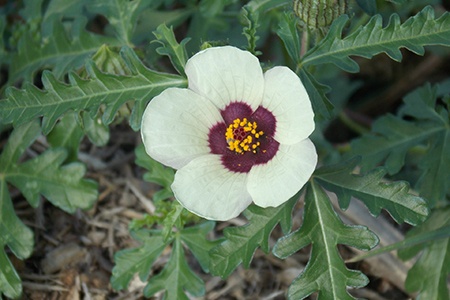
This particular flower is relatively small. It has conspicuous white petals and an equally deep center. Unlike the China Rose, it has a short and concentrated stamen.
Its scientific name is “Hibiscus trionum.” The flower of an hour looks outstanding when it is put on a vase or used for decorative arrangements.
Giant Rose Mallow
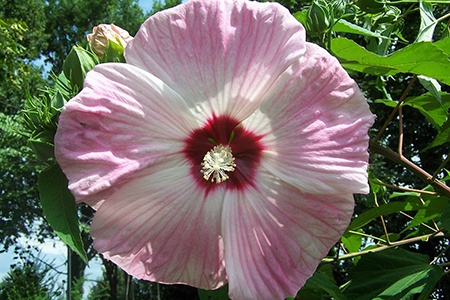
Giant rose mallows are pretty eye-catching, almost resembling the hanging paper fans. They have broad, flappy petals of light-pink color and a deep burgundy center.
These flowers are so wide that they almost cover the deep green shrubs they grow in. You can grow them best on moist grounds and under full sunlight.
Hawaiian Hibiscus
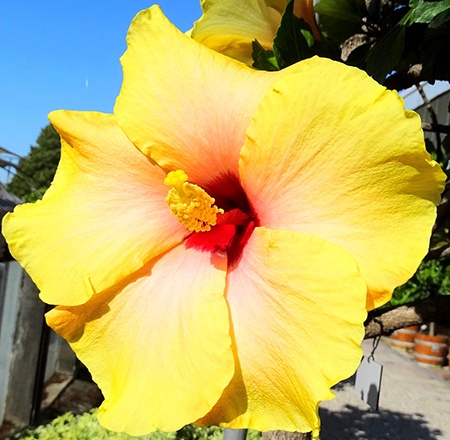
Hawaiian hibiscus is a collection of a few hibiscuses that originate from Hawaii. The most prominent of these sub-varieties are the Yellow Hawaiian Hibiscus and the Hawaiian Sunset.
These flowers mostly have bright yellow and orange petals, representing the island. It is one of the ideal hibiscuses to grow in tropical gardens. Hibiscus flowers look beautiful along side the tropical colored types of peonies if you want to mix things up.
Lord Baltimore
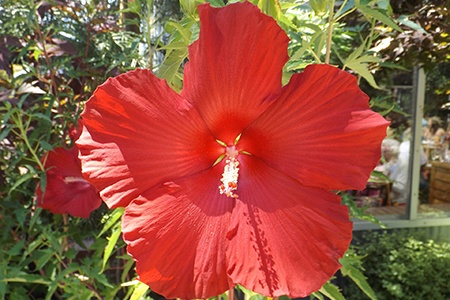
Lord Baltimore is also commonly known as “hardy hibiscus.” Despite this naming, it actually falls more towards the perennial category. It is a monotone red-colored flower with anthers of the same color.
Lord Baltimore’s width can extend up to 10 inches. These types of hibiscus are a non-flowering plant that undergoes vegetative division. You need to nurse this plant carefully, placing it in moist soil, and watering it regularly.
Mars Madness
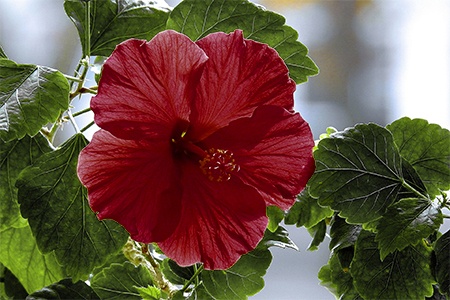
One of the true hardy plants, the mars madness, is an enormous flower with a width of 7/8 inches. In terms of height, it can reach up to 6 feet. Unlike the lightly spread veins of hibiscuses, this flower has tightly knitted veins. The dark red petals only outline their shapes.
The deep green leaves match well with the petals, giving it the appearance of a true wildflower. The flower doesn’t require much care as it doesn’t attract pests. It only needs ample sunlight.
Pink Chiffon
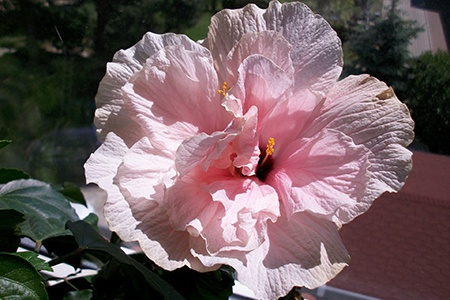
Pink chiffons are unique in form. Apart from petals, they also have numerous petal-like structures known as petaloid. The deep red center surrounded by the pinkish-white petals is almost covered by the petaloid.
It is one of the few tropical hibiscuses that enjoys growth in the moderately acidic ground. To bloom fully requires an adequate amount of sunlight.
Rock Hibiscus
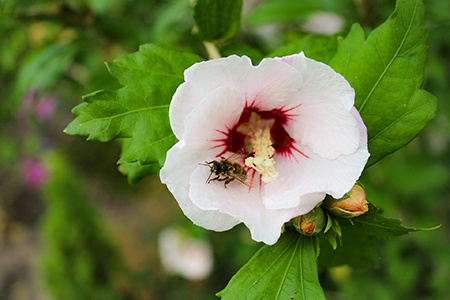
Although most hibiscus flowers grow in swamps or rich grounds, this unique one grows in rocky areas. You will typically observe them on high grounds of rocky foundations. Two different colored petals are found in rock hibiscuses – white and lilac.
With a rounded stamen and an airbrushed center, this flower has a very different appearance from the others. Growing them alongside colorful types of dahlias can create a visual extravaganza.
Roselle Hibiscus
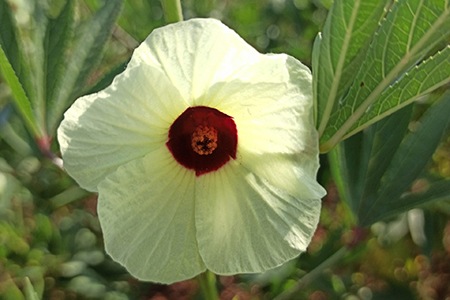
Like Abelmosks, roselles are native to India, attributing to the name “Indian Roselle.” It has overlapped yet distinct white petals and a red stamen. Its deep blood-red center has a faint yellow outline.
All in all, roselle types of hibiscus have a contrasting color story. Some roselle hibiscus varieties are used to create food, drinks, flavors, and medicines.
Rose Mallow
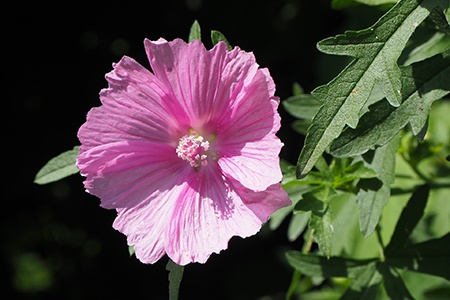
These perennial flowers are widely decorated and cultivated. Mostly white and pink, this flower grows in swamps and marshes. For this reason, it is also called “swamp rose mallow.” These hibiscuses have distinct petals, mostly five in number.
They also have a crimson-colored variety that is found exclusively in Eastern Asian countries. While some of the varieties grow in the summer, most are hardy perennial flowers.
Rose of Sharon
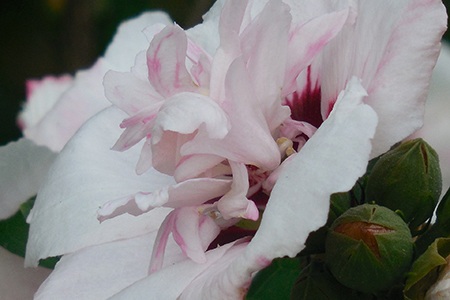
Although it may seem tropical, don’t be fooled by its looks. Rose of Sharon is a hardy hibiscus that comes in bright colors like white, purple, etc. You can regulate the size of this flower by actively trimming it.
White Chiffon
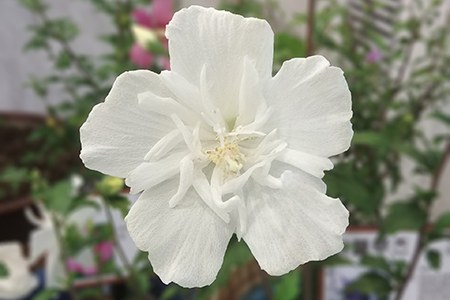
White chiffons look almost identical to pink chiffons, except for the color. These porcelain-white flowers bear petaloid and anthers of the same color. Its contrasting green leaves make it stand out even more.
Types of Hibiscus for Every Garden & Flower Bed
So, these were the most common types of hibiscus found all over the world. Except for these, there are also many other varieties, including hybrids and rare species. For now, knowing about this many species is excellent for an enthusiast. We hope that this article was helpful. All the best!



